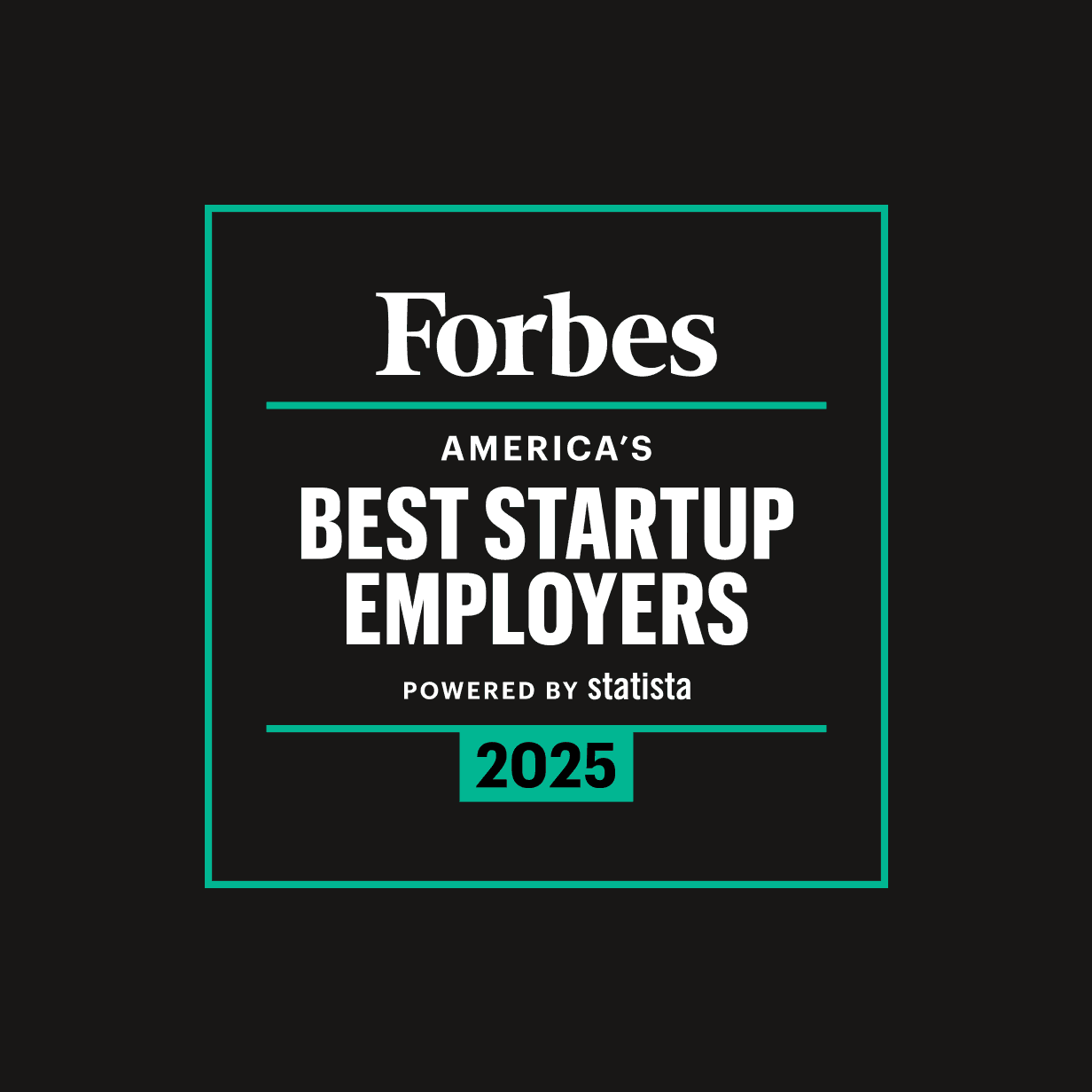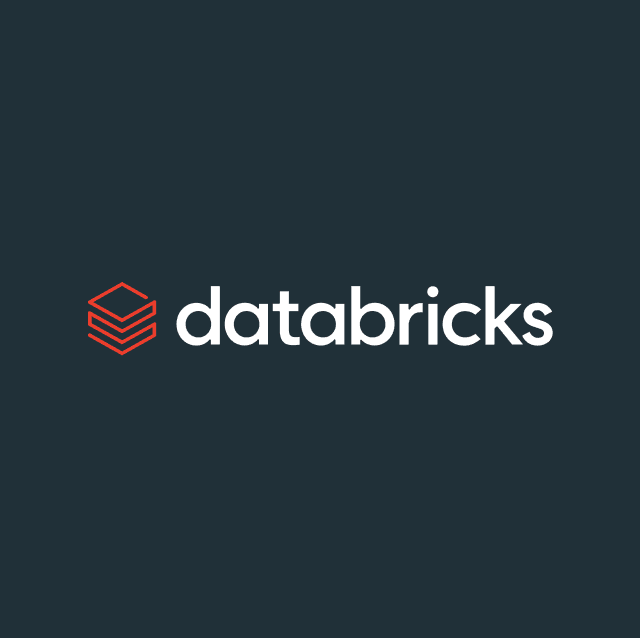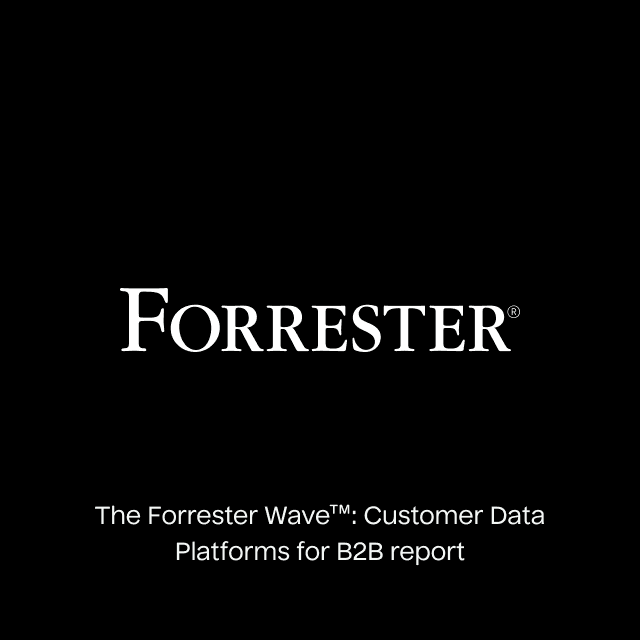$4.4 billion. That’s how much money just 12 companies had to pay in fines for customer data breaches since 2019.
Your customer data drives marketing, product development, and customer service decisions. If you can activate customer data to downstream platforms, you can personalize marketing and advertising, dramatically expediting overall business growth.
However, you must balance this pursuit of data-driven growth with effective data storage and management of sensitive customer information. Neglecting customer data security poses existential risks for your businesses. Unauthorized access and data breaches can severely damage the customer trust you have cultivated over years and lead to the hefty fines mentioned above.
To sustain business growth without compromising data security, organizations need to explore new avenues. In this blog post, we’ll discuss the shift from traditional Customer Data Platforms (CDPs) to a more advanced Composable CDP architecture. This new approach offers the modern enterprise the necessary security, control, and flexibility to leverage customer data effectively.
Traditional Customer Data Platforms are Vexed by Data Storage
Historically, teams have turned to traditional (or packaged) Customer Data Platforms (CDPs) to unlock value from their customer data. These platforms collect digital customer behavior data and enable business users to segment and activate this data to downstream tools for marketing and advertising.
To enjoy these downstream benefits, you'll have to send a traditional CDP nearly all of your event data. Every page view, click, sign-up event, conversion, and piece of unencrypted customer PII data needs to be collected and stored on the enterprise CDP vendor's infrastructure.

Four main problems arise when you create another data silo in a traditional CDP:
Traditional CDPs Introduce Security Risks
Storing data in any third-party vendor's system can pose security risks, such as unauthorized access, data breaches, and loss of control over sensitive information. You must thoroughly vet the vendor's security measures and establish clear contractual agreements to mitigate these risks. This storage risk is also why many CDPs are not HIPAA compliant and refuse to sign BAAs with healthcare providers.
Traditional CDPs Make You Pay for Storage
When you purchase a traditional CDP, the cost of a vendor's infrastructure is passed over to you. You are ultimately paying twice for data storage and compute infrastructure by paying for it both in your data warehouse and separately in the CDP. You might even hear a sales team at a traditional CDP reference the need to "protect their margins" when negotiating a contract. This directly reflects the high cost of storing data for any given customer.
Traditional CDPs are Slow to Implement
To implement a traditional CDP, you must pipe all your existing data into the vendor's platform. CDP implementations can take 6+ months to complete because you must create new pipelines to send backend events, customer traits, and more to the CDP. The outcome of this process is a second copy of the same data you had when you started and no tangible realized value.
Traditional CDPs Introduce Inconsistent Data
Implementing a CDP results in “two sources of truth.” Data stored inside your CDP is ultimately different from data within your main data warehouse. Fundamentally, those differences arise because CDPs only have access to certain subsets of data. CDPs also follow rigid hierarchies for how user and event data is structured. Ultimately, analyzing your data in a warehouse vs. in a CDP will result in two different outcomes. The end result: marketers rely on incomplete customer data in CDPs for analysis, missing holistic data stored in the warehouse. Different teams operate on differently measured metrics and can’t truly align on goals.
Activating Customer Data–Without Storing it
It’s possible to quickly and flexibly access customer data in tools without storing it separately in a traditional CDP. A Composable CDP shares the same objectives as a traditional CDP– activate customer data to downstream tools– but avoids the storage trap.
The key distinction lies in the underlying architecture of a Composable CDP. The Composable CDP utilizes a marketer-friendly Data Activation platform like Hightouch to sync data directly from your existing data stores to your downstream destinations. Marketers can activate data directly from this single store of data instead of duplicating it in another licensed system outside of your organization’s walls.
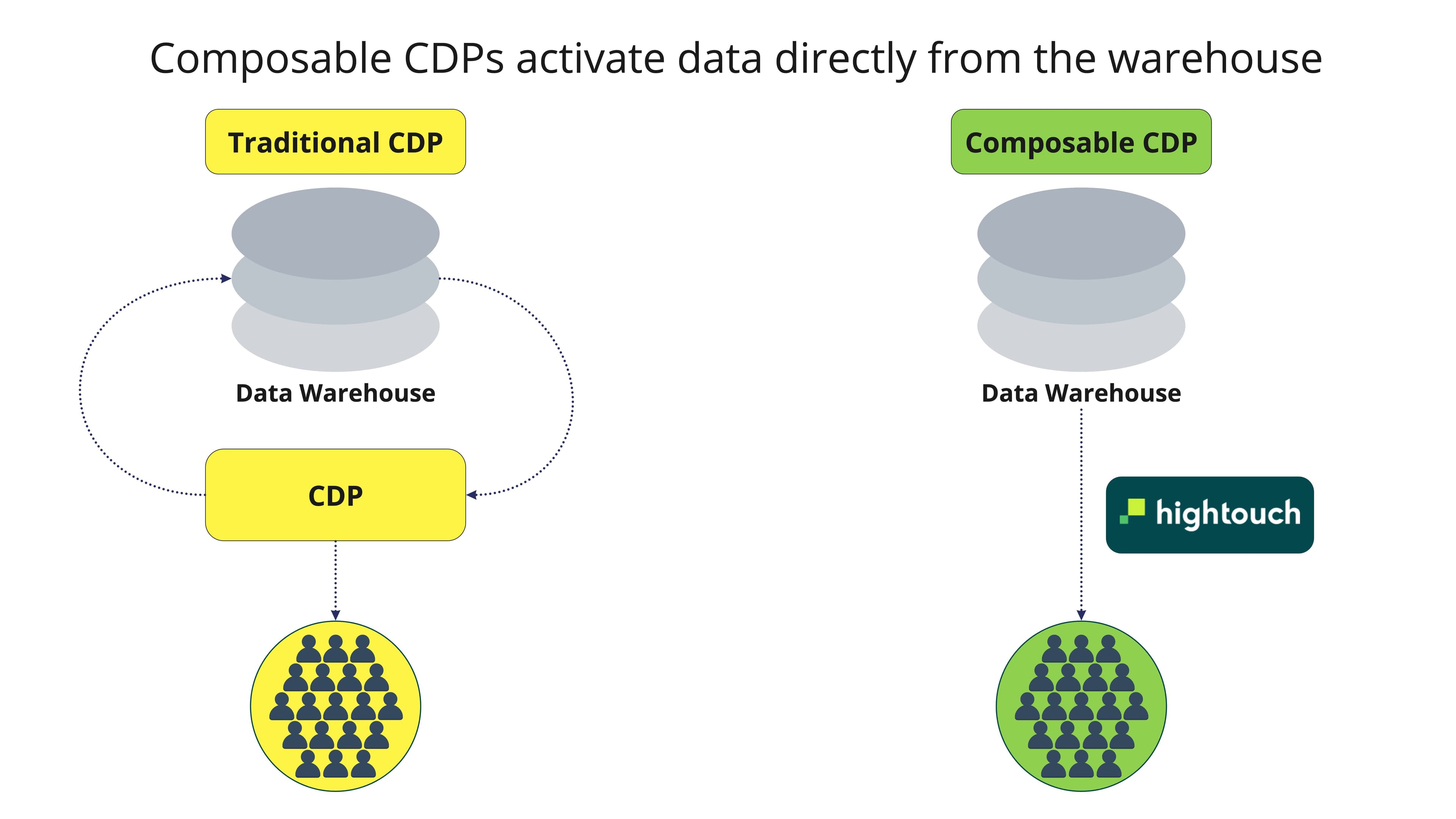
Composable CDPs Improve Data Security
The critical component that turns a data warehouse into a composable CDP is a data activation platform. Hightouch is a data and AI platform for marketers that reads directly from your data warehouse and syncs data out to your downstream business tools, making your warehouse the foundation of your composable CDP. Hightouch is declarative, meaning you state which columns of data to send and how they should arrive in any downstream tool. You have explicit control over exactly when this happens, with a complete audit log of data transfer. This level of precision is impossible in the managed integrations obscured within a traditional CDP.
A Composable CDP gives you full ownership and governance over how your data is used, providing complete transparency and access control. Within both your warehouse and Hightouch, you are also able to govern and control access down to any row or column of data. Hightouch moves your data without storing it. This ensures you can easily comply with all security and regulatory requirements like GDPR, HIPAA, or CCPA.
There are several key steps you can use to control your data as you activate it:
- Run queries directly on your warehouse.
- Store all customer data temporarily in your own cloud environment.
- Transfer data to your destination via Hightouch without ever storing it.
- Leverage AWS PrivateLink and Secure Tunneling to further guardrail your data transfers.
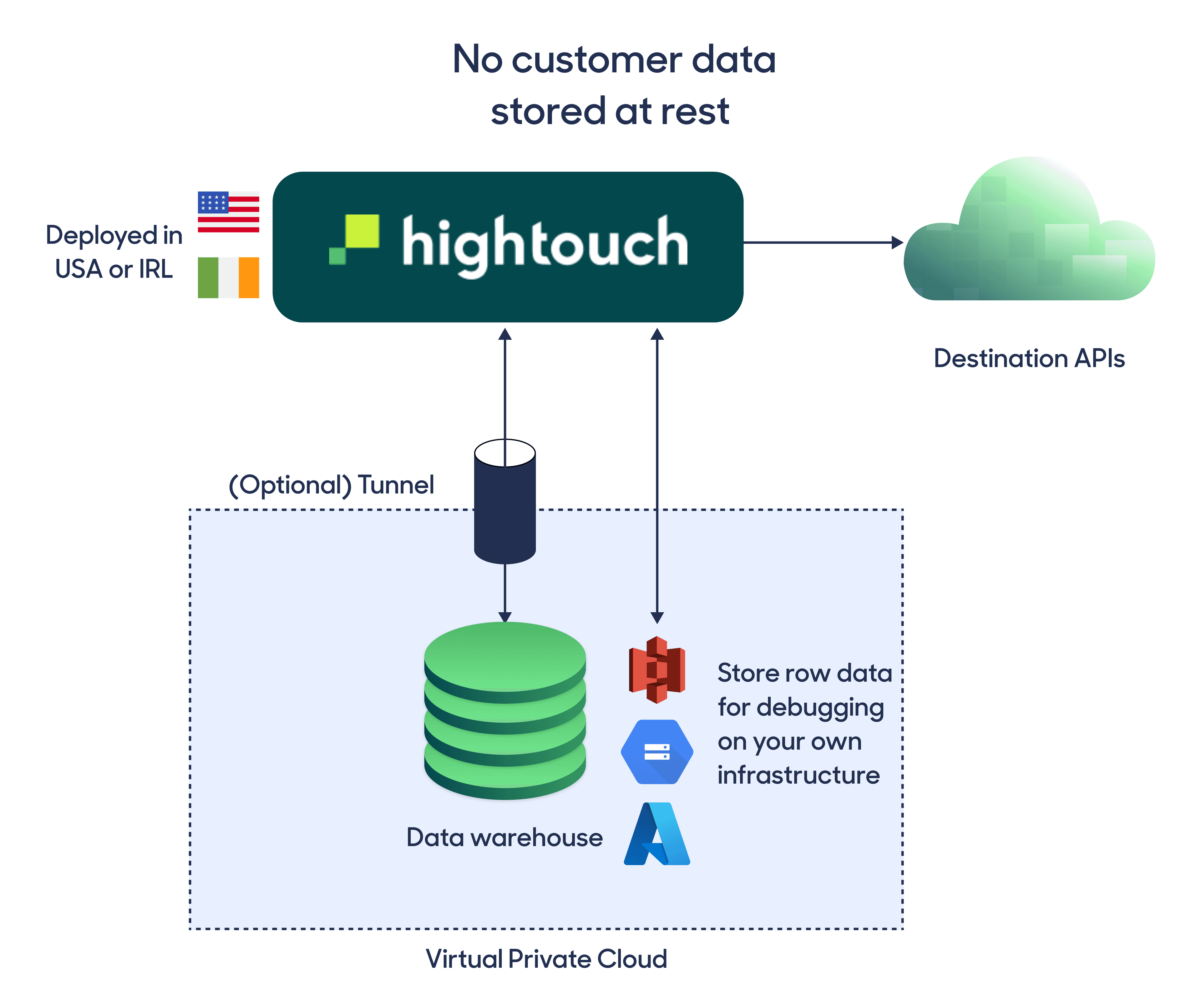
Composable CDPs Reduce Costs
Traditional CDPs store a separate copy of your data, and pass along the costs of that storage and compute to you. When you activate data directly from your warehouse, you are not paying to store it anywhere else. A Composable CDP built via a data warehouse with Hightouch will cost less than a traditional CDP that stores its own data.
Composable CDPs Are Fast to Implement
Adding a Data Activation tool to your data warehouse allows you to immediately begin syncing your data to the downstream tools that need it. In fact, on average, Hightouch customers set up their first sync in just 23 minutes.
This Composable CDP architecture allows you to immediately act upon the data you’re already storing rather than spend months duplicating it and setting up event collection in a traditional CDP platform. Hightouch has built tools like our schema builder that allow data teams to easily organize data to ensure it is ready for marketers to access via self-service tools.
Composable CDPs Improve Data Reliability
Marketers using traditional CDPs are looking at (and acting upon) data that is different from what their company stores in the data warehouse. A Composable CDP architecture ensures that all organization members analyze and act upon the same data. Further, this approach ensures that any data investments, such as machine learning and predictive models, are immediately available to all organization members. This centralization of data in the data warehouse allows companies to adopt a “Write Once, Use Anywhere” approach–investing in their core data to impact all downstream use cases.
“Being able to activate data directly from your warehouse is a game-changer. There's no reason a modern marketer should have to store customer data in an external system like a packaged CDP. That risk and cost just doesn't need to exist.”

Lee Hammond
Marketing Data Stack Leader at Hakkoda
Getting Started
The Composable CDP is a simple concept with a straightforward approach to activate your data. All you need to do to get started is connect Hightouch to your warehouse. In 23 minutes, you can begin to activate your data directly to your downstream tools. Book a demo today to strategize your CDP use cases and see how you can keep your customer data secure while putting it to work.
Traditional CDP vs. Composable CDP: Which Fits Your Data Strategy?
Cut through the noise with our side-by-side guide. See exactly how traditional CDPs stack up against Composable CDPs across cost, speed, compliance, and flexibility.
- Faster time-to-value: Why Composable CDPs launch in weeks, not months
- Complete flexibility: Compare schema limits vs. support for any data model
- Better compliance: GDPR, CCPA, and HIPAA readiness at a glance
- Cost transparency: Bundled MTU pricing vs. unbundled features
- Built for scale: How Composable CDPs enable advanced personalization
Get the guide and decide if it’s time to modernize your CDP strategy.










